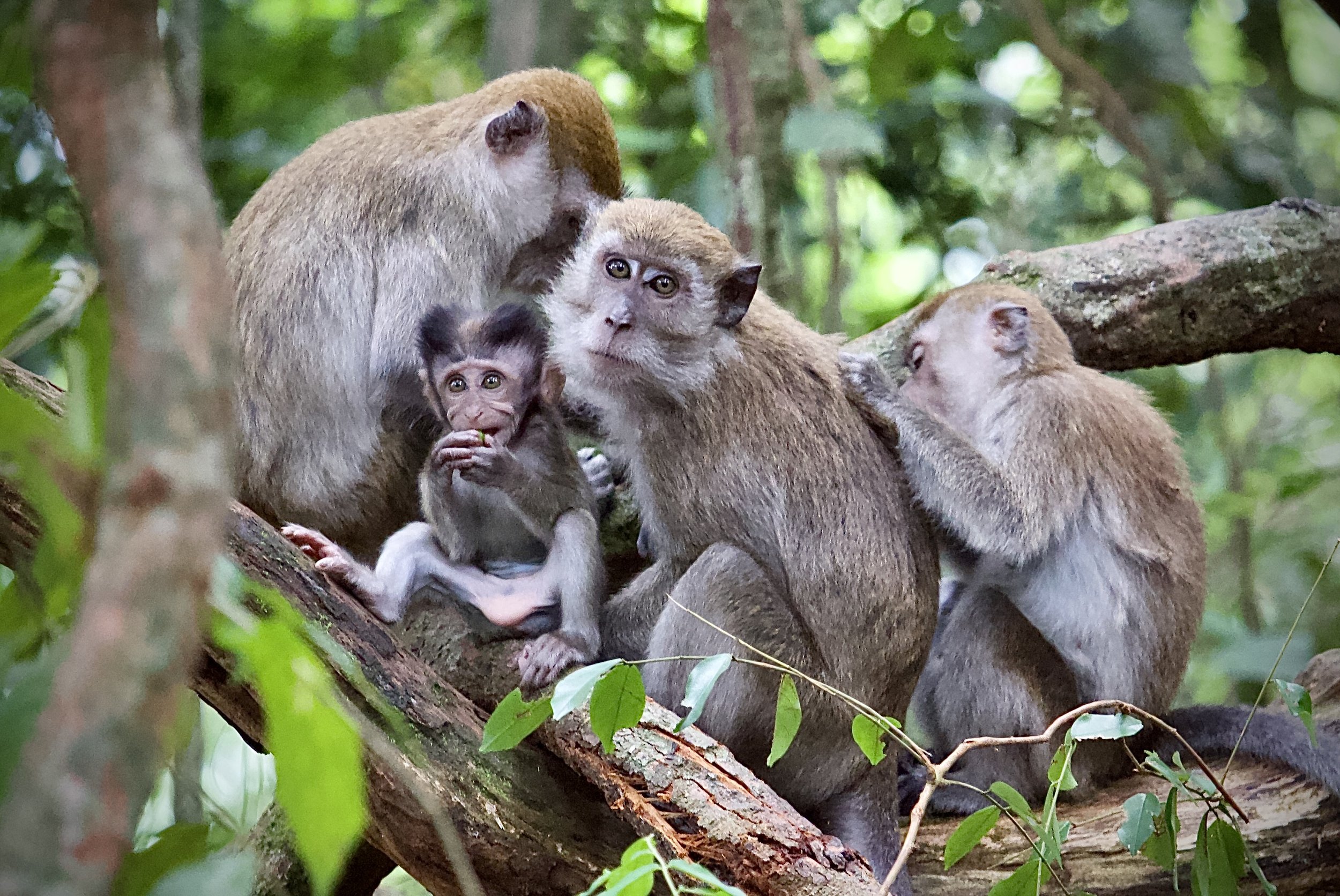Ever since childhood, Ami Vitale wanted to be an instrument of change and share powerful stories with the world. But she experienced moments of insecurity growing up. "I was a very shy, awkward human being and didn't feel like I had a voice. I had imposter syndrome and never felt like I belonged anywhere. I then realized all these things that I viewed as my own personal weaknesses—being really shy and introverted—could actually be my hidden superpower, because part of being a good storyteller is being a good listener," said Ami.
Since then, her belief in the importance of "living the story" has led her to travel through war zones, contract malaria and don a panda suit. These experiences shifted Ami's perspective on storytelling, "In the beginning, I thought the way to tell powerful stories was to focus on the most sensationalistic stories of war and poverty. And slowly, conflict after conflict, I began to understand that powerful stories are more than just violence. I wanted to use the power of photography and storytelling to connect people, and help them understand one another."
She got the chance to do just that while documenting a powerful story on the transport and release of one of the world's last white rhinos. It caused Ami to shift her focus to today's most compelling wildlife and environmental stories. "After covering conflicts, I found that every single one of them and every single story I'd worked on was connected to the natural world. In some ways, the outcome of the stories depended on nature. I felt like we were leaving this piece of the story out. You can't talk about humanity without talking about nature. Those stories are intricately connected."
Images by Ami Vitale
But being a storyteller can be terrifying. Sharing your work with the world reveals a part of yourself, which can elicit feelings of vulnerability. Ami says, "It's not about being the best. It’s about being authentic and doing justice to the stories people share with you. It's a gift to have people share their story with you."
Honing your craft as a photographer to tell more impactful stories can be overwhelming, but Ami encourages everyone to take those first baby steps. "I keep pushing myself to learn new things, new skills and new technologies. Technology almost stopped me from being a photographer because it was overwhelming to me. But I realized you can learn one thing at a time. Push yourself to write. Push yourself to do video. If you don't think you're good at anything, it's okay—just take those first baby steps. Now is a great time to start learning new things."
Getting comfortable sharing who you are and your work with your friends, family and the world helps you grow. "Some of my most painful experiences have been the moments when I've learned the most. You don't understand how strong you are until you go through those difficult moments in your life. Then you see how much grit and capacity every single one of us has inside," said Ami.
Images by Ami Vitale
But telling an impactful story takes time. It requires patience, being open to new lessons, conducting research and continuously asking why. Why is this story important?
Ami began documenting the last northern white rhinos 10 years ago when they were still in a zoo in the Czech Republic. She saved money to fund her story. But she didn't share it with the world until she felt that she'd spent enough time going deep. "When I say go deep on a story, I mean spend a year on a story. It doesn't have to be across the world—it could be in your backyard. But spend enough time so you know you've revealed something special."
She shared how meeting the rhinos changes her life and her perspective on storytelling. "I realized these creatures have been on the planet for millions of years, but there were only eight of them left. I dug into the story, researching and looking for a solution. I found one missing piece: What do the Indigenous People think? So I went down a rabbit hole. I've found all these stories where communities with little political power and resources were changing the future. I've called them the Guardian warriors. They understand that wildlife is worth more alive than dead," says Ami.
Images by Ami Vitale
"To me, one of the big flaws in storytelling is doing research and going in with the story pre-written—the narratives in our head before we even get there. It's such a privilege and a joy when people share their stories with us. And when you finally feel they've revealed something you thought you understood, but it surprises you and makes you realize there's a lot more to the story."
With storytelling, workshops and photo contests moving online, getting feedback on your stories has become more accessible. Ami advised, "Enter contests, because even if you don't win, there may be an editor who's starting to work on a project. So don't be afraid to step out of your comfort zone. If you fail, at least you've tried. We all can do so much more than we realize."
To learn more about Ami, visit her website or follow along on Instagram @amivitale. For more storytelling lessons from renowned photographers, look through our PWB















